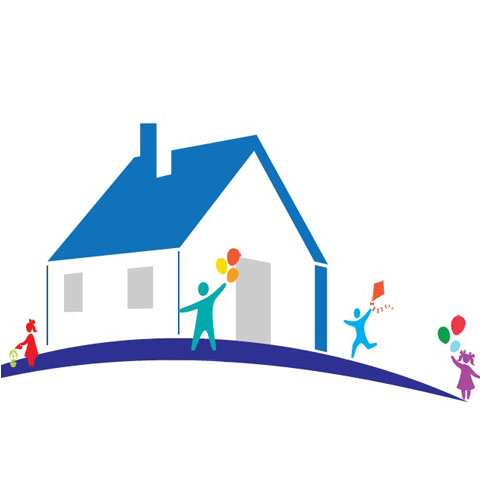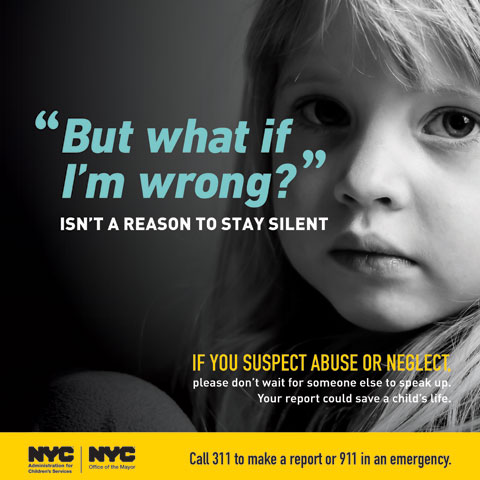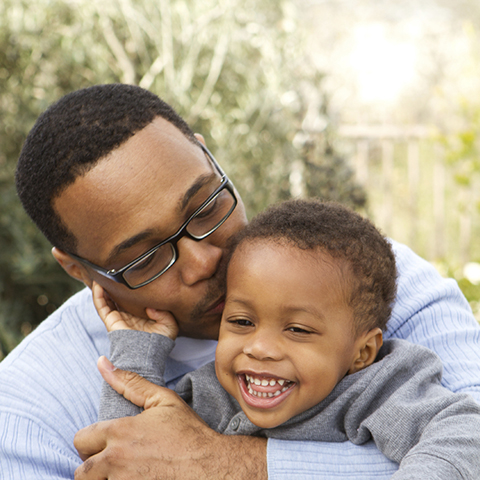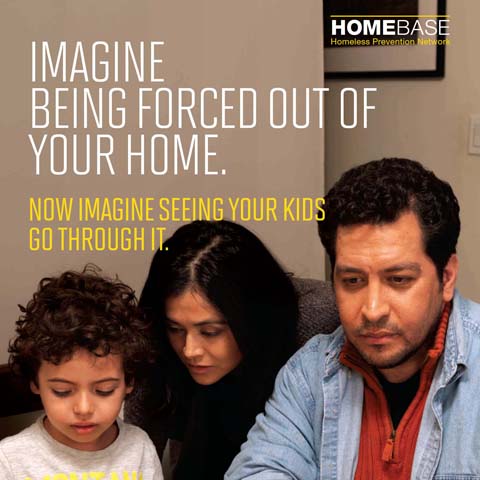
 Administration for Children's Services311
Administration for Children's Services311 Search all NYC.gov websites
Search all NYC.gov websites
Children Are Not For Sale

Children Are Not For $ale
Each January, ACS joins the country in raising awareness for human trafficking and commercial sexual exploitation. Young people in the foster care and juvenile justice systems, as well as homeless and runaway, immigrant, LGBTQ, and other marginalized youth, are particularly vulnerable to exploitation. At ACS, the Office of Child Trafficking Prevention and Policy (OCTPP) is dedicated to helping prevent young people from being trafficked, and to provide targeted services to address the trauma of young people who have been trafficked. Help us stop child trafficking by reviewing the following risks, resources and more:
Click a question, or press the enter key on a question, to reveal its answer.
What is human trafficking?
Human trafficking occurs whenever a person engages in sexual and/or labor services for the benefit of someone else due to force, fraud or coercion, or whenever a person under the age of 18 is involved in a commercial sex act.
What is sex trafficking?
Sex trafficking is a lucrative industry, and criminals traffic children just as they would traffic drugs or other illegal substances. Victims include children and youth of all genders, sexual orientations and ages. Even very young children can be trafficked. They may be brought into the U.S. from other countries, but generally these children are American residents. When this occurs, it is known as domestic sex trafficking (DST). Children are recruited and exploited through a variety of means, including through the need for food, clothing or shelter (known as “survival sex”), by Gorilla pimps who use violence and threats to break the will of a victim and force them into submission, by Romeo pimps who masquerade as romantically interested in a vulnerable child, by peers or family members, or through the Internet. Children can be recruited anywhere: schools, malls/shopping areas, social events, foster homes, group homes, shelters, strip clubs, bars, nightclubs, and especially through social media. Victims may start off dancing or stripping in clubs and are then lured into pornography and/or sex acts.
Is child sex and labor trafficking voluntary?
Who are the victims?
Traffickers target youth who are in vulnerable situations and who have little or no social safety net. Many victimized children have histories of physical and/or sexual abuse, dating violence or running away from home. These youth may also: have disabilities, identify as LGBTQ, have experienced juvenile justice services; be refugees, immigrants or non-English speakers, have low self-esteem, suffer from a general lack of opportunity, resources and social support. Several risk factors make certain children more susceptible: Lack of personal safety, isolation, emotional distress, homelessness, poverty, family dysfunction, substance abuse, mental illness, learning disabilities, developmental delay, childhood sexual abuse, promotion of sexual exploitation by friends or family, lack of social support.
Who are the traffickers?
Traffickers can be family members, acquaintances, pimps, employers, smugglers or strangers, and not all traffickers are adults. Teenagers and peers have been known to participate in recruiting and luring children – they, too, are victims. In the U.S., traffickers may be working alone, for another pimp/trafficker (usually an older male, but not always) or within organized crime networks operating both within and across state and national lines.
How do traffickers operate?
Traffickers look for vulnerabilities. They target children who are in a bad situation and who want something better. Children may be lured with food, clothes, attention, friendship, love and the promise of fame or a safe place to stay. Foreign victims may be lured by the promise of a good job in another country or a marriage proposal, or they may be taken forcibly, kidnapped by traffickers or sold into the sex trade by a parent, husband or boyfriend. Domestic victims are lured in places where children spend time – malls, schools, after-school programs, bus and train stations, clubs and group homes. They also recruit through social media and peers or classmates who befriend the target and slowly groom the child for the trafficker.
Traffickers adapt their techniques to the victims.
The first contact is key: How the target reacts determines whether the trafficker will take the next step. If the target responds favorably or with interest, the trafficker begins grooming and luring the victim into dangerous or inappropriate behavior. Signs a child is being groomed include receiving gifts from an unknown source, having a cell phone a parent did not provide, making/receiving calls from unknown numbers, turning away from family and friends, having a new best friend or boyfriend/girlfriend (usually older), having new clothing, hairstyle and salon nails, and spending lots of time online.
Traffickers adapt their techniques to the victims.The first contact is key: How the target reacts determines whether the trafficker will take the next step. If the target responds favorably or with interest, the trafficker begins grooming and luring the victim into dangerous or inappropriate behavior. Signs a child is being groomed include receiving gifts from an unknown source, having a cell phone a parent did not provide, making/receiving calls from unknown numbers, turning away from family and friends, having a new best friend or boyfriend/girlfriend (usually older), having new clothing, hairstyle and salon nails, and spending lots of time online.
Traffickers may exploit children’s natural curiosity about sex and lure children into sexual activity by acting as guides or pretending (particularly online) to be adolescents themselves. Adolescents questioning their sexuality are at even higher risk. They may look online for support and companionship but end up in contact with predators and traffickers. Traffickers may create a (fake) loving and caring relationship with their victims to establish trust, dependence and loyalty, making their targets even more vulnerable. They gradually isolate and convince the victims of their love before selling them for sex. Also, children may be enticed to leave their homes by (false) promises of something better. Others run away or are “thrown away” by their parents or caregivers, leaving them few options for survival. These children are often lured by the promise of earning money to survive or of being taken care of in what they mistakenly believe will be a secure, loving environment.
Click a question, or press the enter key on a question, to reveal its answer.
What are the red flags that can help me identify sex trafficking?
An older or controlling “boyfriend” or “girlfriend;” unexplained absences or a sharp drop in grades; frequently running away from home; social isolation from friends and family; drug addiction (may show as bad behavior); references to frequent travel to other cities; bruises or other signs of physical trauma; health issues (e.g., sexually transmitted illnesses); lack of control over schedule and/or documents; hunger or clothing not suited to the place/weather; coached or rehearsed responses to questions; sudden change in behavior, relationships or material possessions (e.g., expensive clothes or accessories); more than one mobile phone; hotel keys, airplane or other travel receipts; uncharacteristic promiscuity or references to sex that are inappropriate for the age; highly sexual clothing or online profile; poor personal hygiene; tattoos or burns (branding) displaying the name or moniker of the trafficker (e.g., “Daddy’s girl”)
What are the psychological and behavioral clues I can look out for?
Helplessness, shame, guilt, low self-esteem, self-blame, humiliation, shock and denial, post-traumatic stress disorder (PTSD), phobias, panic attacks, anxiety, anger, withdrawn behavior, depression, fear, emotional numbness, detachment, dissociation, sleep problems or eating disorders, drug and/or alcohol abuse to cope with or “escape” situation, or as a method of control used by traffickers, trauma bonding and believing that the trafficker is a loving boyfriend, girlfriend, spouse or parent, avoiding eye contact, having memory gaps, resisting being touched.
What do I do if I suspect a child is a sex trafficking victim?
If you believe the person is in immediate danger, call 911.
- National Human Trafficking Hotline 888-373-7888 Text line: 233733
- National Center for Missing and Exploited Children (if a child is trafficked and missing from home or a program) 800-THE-LOST (843-5678) CyberTipline: www.missingkids.com
- New York State Justice Center (if you believe that a youth is being abused/neglected while placed in residential care) 855-373-2122
- The Statewide Central Register of Child Abuse and Maltreatment (if suspected trafficker is a parent or person legally responsible for the child) 800-342-3720
- If you are from NYC Administration for Children’s Services (ACS), Foster Care, Preventive Services or Detention Services, also notify the ACS Child Trafficking Mailbox at: Child.trafficking@acs.nyc.gov

If you are a youth currently receiving any type of child welfare services from ACS, in foster care, or receiving preventive services you may be eligible for free tattoo removal. To find out more, ask your ACS worker or agency case planner to contact child.tattoo.removal@acs.nyc.gov for further information.
Programs & Initiatives

New York City Kids are Our Kids
Get involved in the lives of children in your community. Volunteer as a tutor, mentor, or coach.
Get involved in the lives of children in your community. Volunteer as a tutor, mentor, or coach.
Get involved in the lives of children in your community. Volunteer as a tutor, mentor, or coach.






